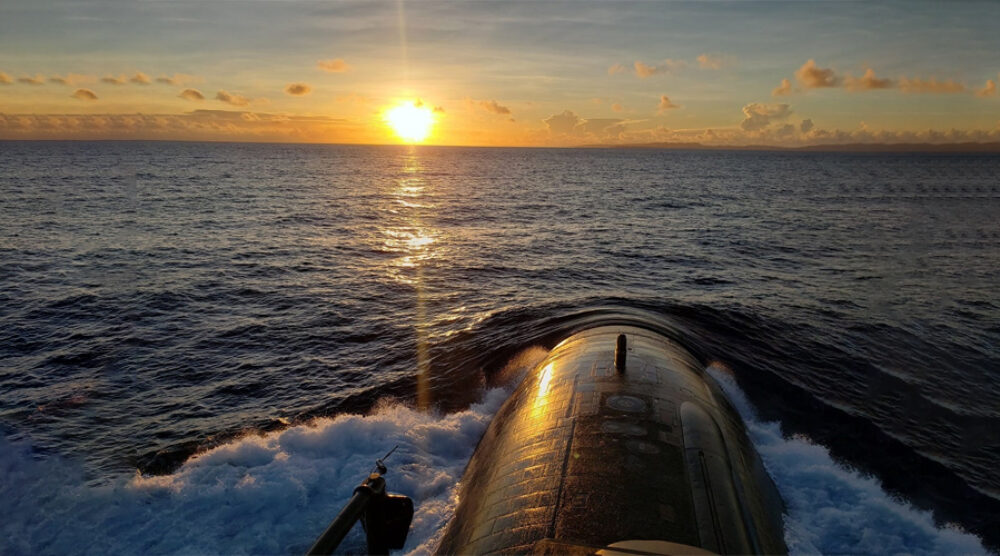Nuclear-powered attack submarines (SSNs) are technically incredible. They are akin to the Australian Navy’s conventionally powered Collins Class submarines but much faster, much longer ranged and with much greater submerged endurance. However, in terms of combat systems and torpedoes, the Collins and SSNs are very similar. Both sink ships really well. By comparison, anti-ship missiles fired from aircraft, surface ships and land vehicles have small warheads and cause mission kills, that is, damages a hostile ship sufficiently that it leaves the battle for homeport and repairs.
These characteristics shape South China Sea submarine operations. Retired Australian Navy Vice Admiral Mike Noonan argues that Collins submarines in having to occasionally recharge their batteries will be readily detectable in the future when operating close to China. SSNs will not be so vulnerable. The Collins submarines, being designed as part of the 1987 Defence of Australia strategy, were not intended to cruise alone near the coasts of a distant hostile superpower.
The crux of the matter now comes into view. Australia apparently believes that operating its SSNs (probably about three on station) in the South China Sea could deter China from starting a war in the future by threatening to sink Chinese warships and submarines. Deterrence tries to decisively influence the minds of potential aggressors and so prevent war from starting. History suggests caution if seeking deterrence by sinking ships.
Please click here to read the full “Buying the wrong submarine” article published at The Interpreter, written by Griffith Asia Institute Visiting Fellow, Dr Peter Layton.








